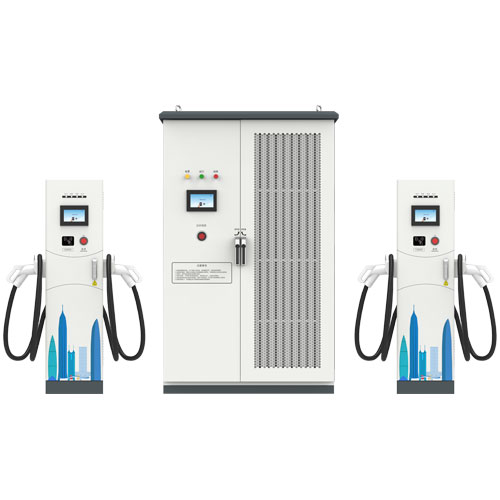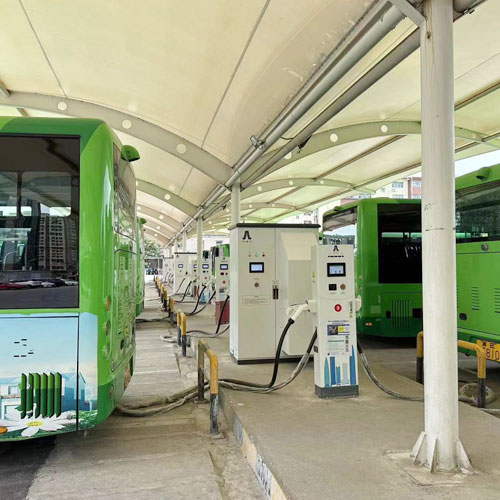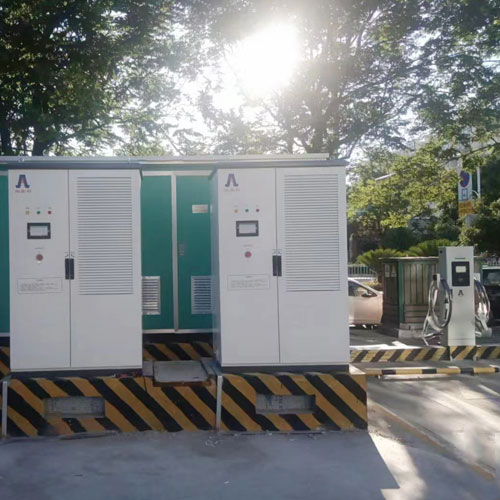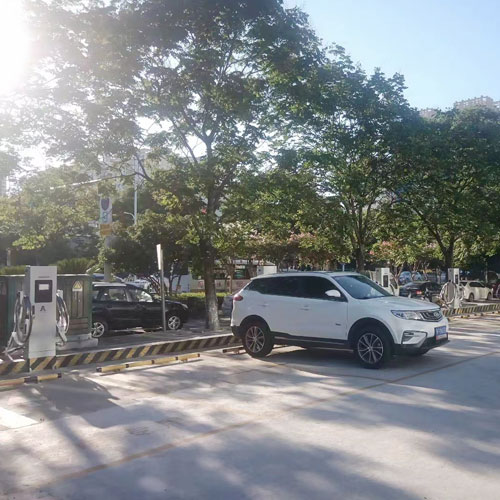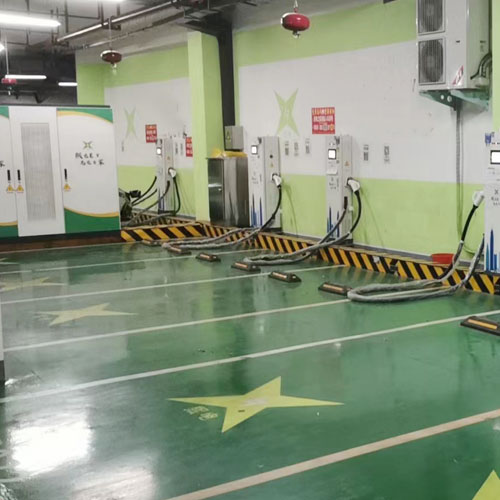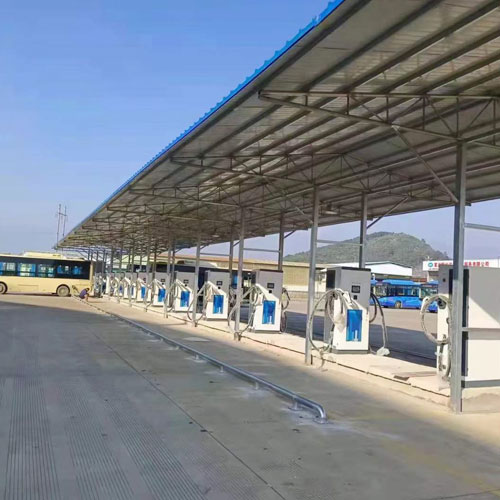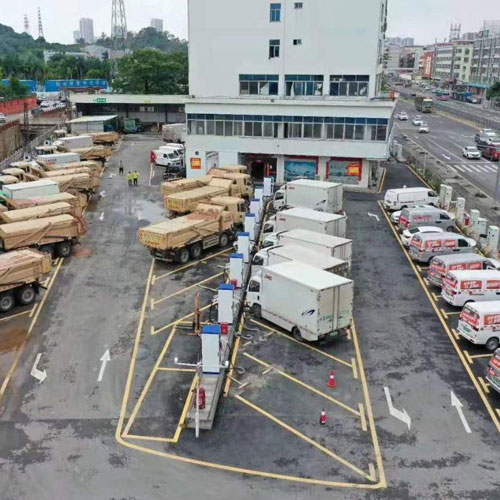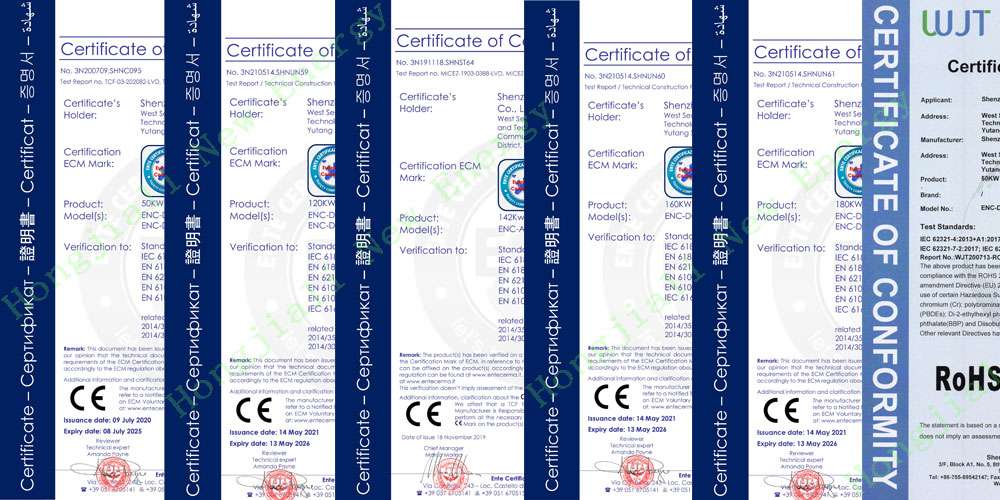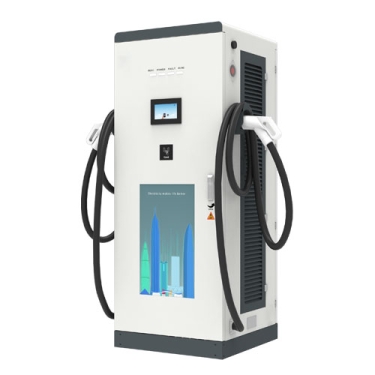Bus charging infrastructure refers to the charging station network and technology required for charging electric buses, and is the key to the sustainable development of electric buses. First of all, the construction of charging infrastructure can improve the convenience of using electric buses. Only when charging equipment is popularized can electric buses be charged more conveniently, reducing charging waiting time and improving operating efficiency. Secondly, the construction of charging infrastructure can also promote the promotion of electric buses. If charging is easily available at bus stations or other stops, more bus companies and cities will be willing to purchase and promote electric buses, thereby reducing urban emissions and improving air quality.
Bus charging infrastructure is the facilities and equipment that provide charging services for new energy vehicles such as electric vehicles and hybrid vehicles. These facilities are widely distributed in public areas, commercial areas, residential areas, parking lots and other public places in the city. They are designed to provide charging convenience for car owners and promote the popularization and promotion of new energy vehicles.
Hongjiali New Energy Co., Ltd. provides you with a one-stop total bus charging solution, a manufacturer integrating the research and development, production and sales of bus chargers. I would like to recommend a split 480kw DC bus charger. The specific product parameters are as follows:
Parameters | Requirements |
General Requirements | |
EV Charger Type | DC |
Charger Capacity | 480KW |
Equipment size | L1200*W750*H1980(mm) |
Product Model NO. | ENC-DCF480H |
ANSI-DCF480H | |
JIS-DCF480H | |
Mounting | Ground-Mounted(Sequential) |
Input Requirements | |
AC Supply System | Three-Phase, 5 Wire AC system |
Nominal Input Voltage | AC380V±15% |
Input Frequency | 45-65Hz |
Environmental Requirements | |
Ambient Temperature Range | -25 to 55°C |
Ambient Humidity | 5 to 95% |
Storage Temperature | -40 to 70°C |
Electrical indicators | |
Current Limit Protection Value | ≥110% |
Steady pressure precision | ≤±0.5% |
Steady flow accuracy | ≤±1% |
Power Factor | ≥0.99(50% load above) |
Mechanical Requirements | |
IP Ratings | IP 54 |
Cooling | Air-cooled |
Output Requirements | |
Connector Terminal | 4 |
Number of Outputs | 8 |
Type of Each Output | DC200-750V / DC150-500V(JIS) |
Single Output Max.Current | 200 Amp |
Equipment size | L430*W201*H1600(mm) |
User Interface & Display Requirements | |
Display & Touch-Screen Size | 7 Inches Touch Screen with Shell |
User Authentication | QR Code/RFID Card /Password Login |
Metering Information | Consumption Units |
Communication Requirements | |
Communication between EVSE and Central server | OCPP 1.6J Protocol (Optional) |
Interface between Charger and CMS | Ethernet/3G/4G/WIFI (Optional) |
Protection & Safety Requirements | |
Executive Standard | IEC 62196 2017, IEC 61851 2017, SAE J1772,CHAdeMO etc. |
Safety Parameters | Over Current, Over Voltage, Under Voltage, Residual Current, Surge Protection, Leakage Protection, Short Circuit, Over Temperature, etc. |
